Hard work and dedication have their own importance, but the values of failure and ineptitude have gone unappreciated for far too long. ‘Beauty should be appreciated,’ similarly, in this article, we will appreciate the beauty of the brilliant minds known in the history of mankind and their contribution to the field of science, including blunders.
So have a look at the top 15 scientific blunders of genius minds:
1. Newton’s Wrong Number
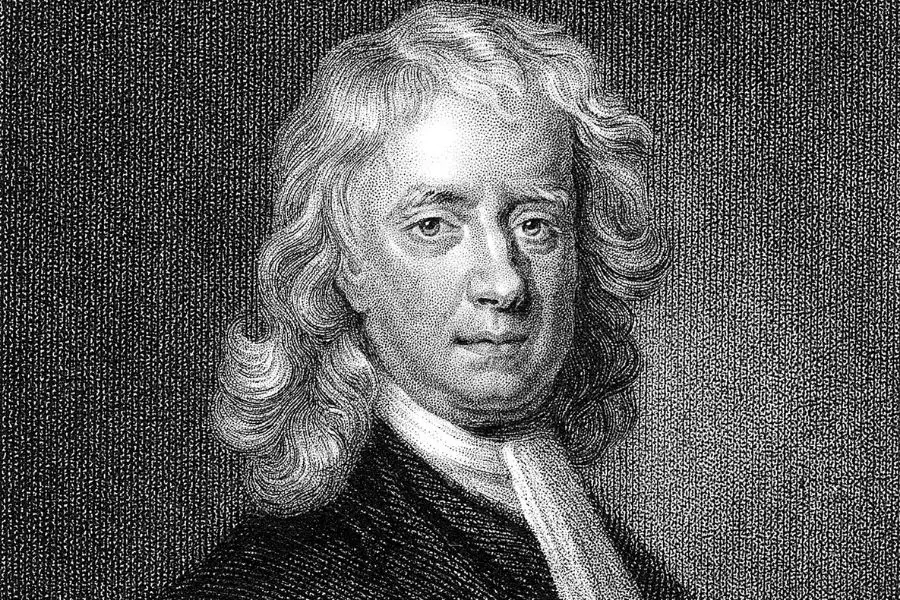
A 23-year-old student of physics, Robert Garisto of the University of Chicago, discovered an error in Newton’s “Principia,” which had gone undetected since the work laid out the laws of motion and gravity, which was approximately 300 years ago.
The equation is mentioned in the “Philosophiae Naturalis Principia Mathematica,” which is one of the greatest works in the history of science. The error is situated in the Eight proposition, in which Newton puts forward the formula for calculating the mass of known planets. Modern science states that it should be at about 8.8 seconds, while Newton believed it to be 10.5 seconds, and later, he mistakenly stated it to be 11. This was the error discovered by Garisto.
2. Galileo’s Tidal Theory
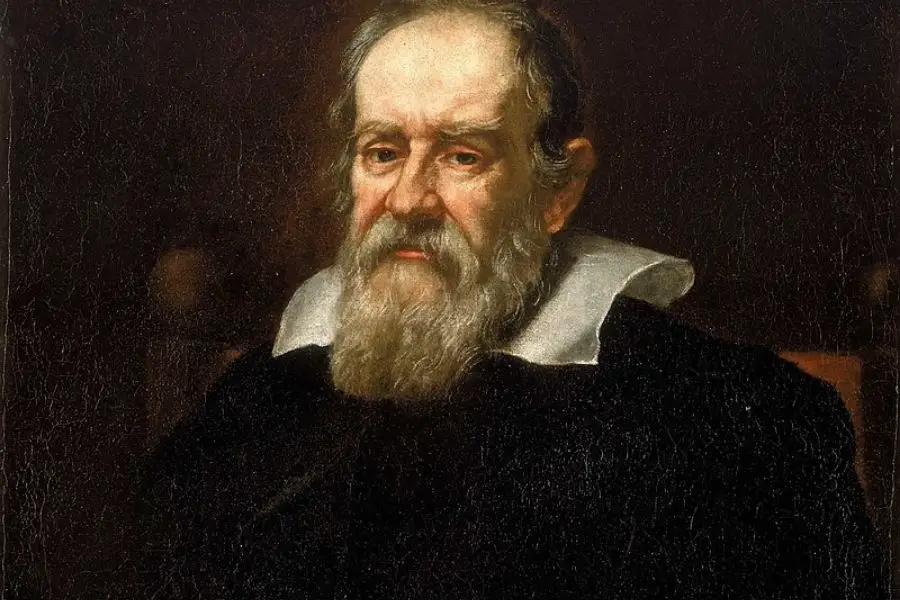
Galileo was someone who was always surrounded by controversies. He was often publicly criticized and mocked, yet he presented his ideas boldly in public. That is why he is known today for championing Copernicus’ notion of ‘Heliocentrism.’ This notion of his received large-scale protests from the Catholic Church, and this might come as a surprise that the church admitted its mistake after 350 years.
Galileo was wrong from the beginning. According to him, the tidal motion was a result of the rotation of the earth around the sun. Lord Kelvin, in the year 1882, wrote his own thesis on the tides. According to Kelvin, Galileo found the notion of the moon causing the tides to be “a lamentable piece of mysticism.”
3. Nikola Tesla’s Short Flight
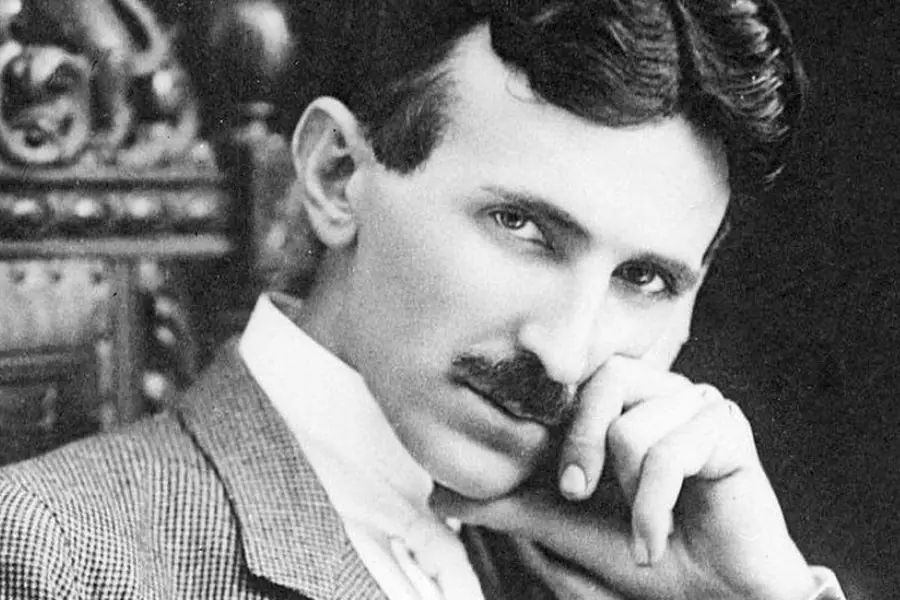
Nikola Tesla, a famous physician, influenced the modern world with his great contributions in the field of science. He is known for building impractical or bizarre contraptions, such as an earthquake machine or a death ray.
Tesla always came up with weird ways to test his observations. One such case is when he noticed that hyperventilating made him feel light, and he wondered if this could help him counteract the pull of gravity. So, he brought this notion into action by holding onto an umbrella and climbing the roof of a barn. He hyperventilated to a point where he felt dizzy and then jumped off. This crash caused Tesla to lose consciousness, and he was asked not to leave his bed for several weeks.
4. Darwin and Heredity
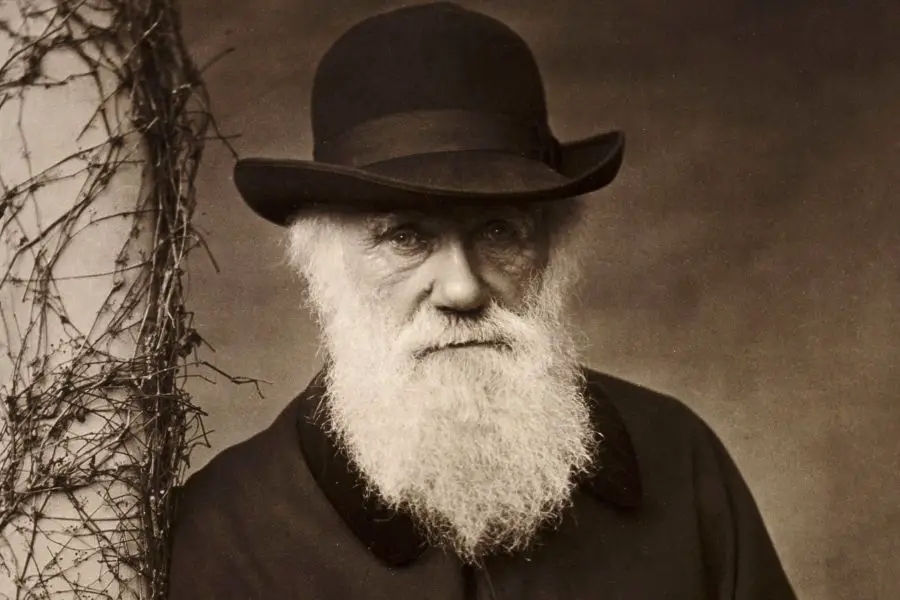
Charles Darwin’s theory of evolution is a common theory known to all but heredity was the main problem that concerned Darwin’s theory.
In earlier times, people were not fully aware of how characteristics were passed from parents to children or from one generation to another. Some believed that genes were passed by the blood, but Darwin held the concept that genes were taken from parents and were further blended together in their offspring. This notion of ‘blended genetics’ stood against Darwin’s own theory.
5. Einstein’s Lost Hypothesis
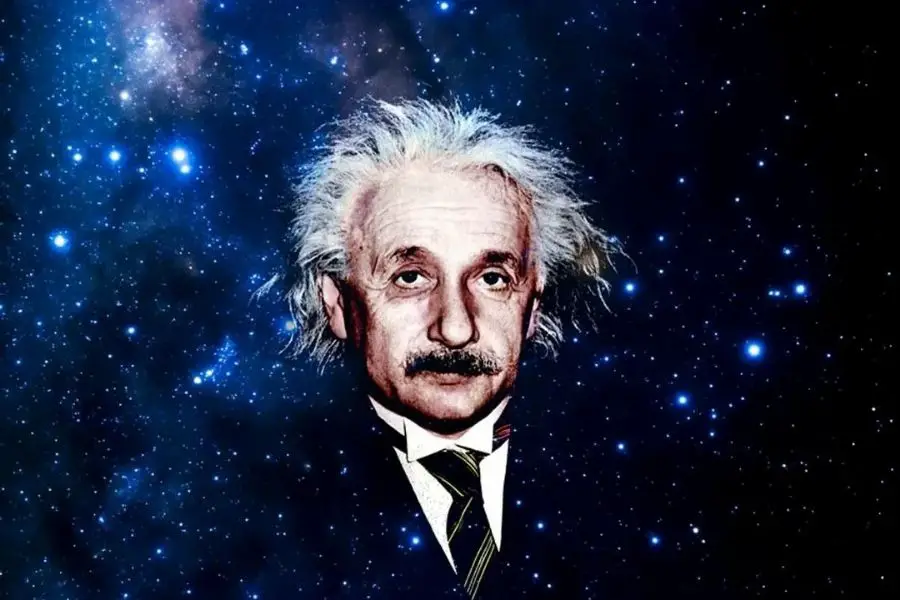
One of the greatest scientists known for his ever-great contributions, Albert Einstein believed that the universe is eternal, and this was questioned by many. He was too firm in his notion that he did not even listen to others correcting or criticizing him. Einstein believed that the universe always was and always will be. This all was happening at a time when the Big Bang theory started to gain momentum.
6. Thomas Edison’s Concrete Housing
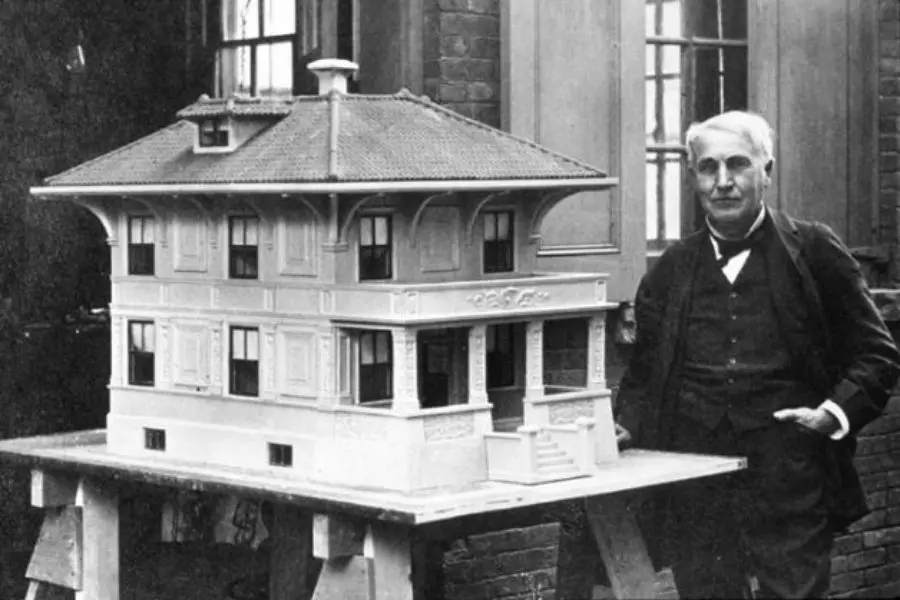
In 1887, Thomas Edison found black sand near Long Island. He made an attempt to develop a much better way to extract iron ore from the sand. He was too serious about this notion and even filed patents for it. He was subjected to mockery because of this, and his notion was stated as “Edison’s Folly.”
All of this did not stop Edison, and he opened his own company that processed the ore. The company was a big blunder as the machines broke down within a few months due to heavy amounts of dust. It is also reported that some workers were even killed. He then planned concrete housing and believed that this idea would bring a revolution, but no house was sold, and this idea too flopped like the previous one.
7. Benjamin Franklin’s Electrocuted Turkey
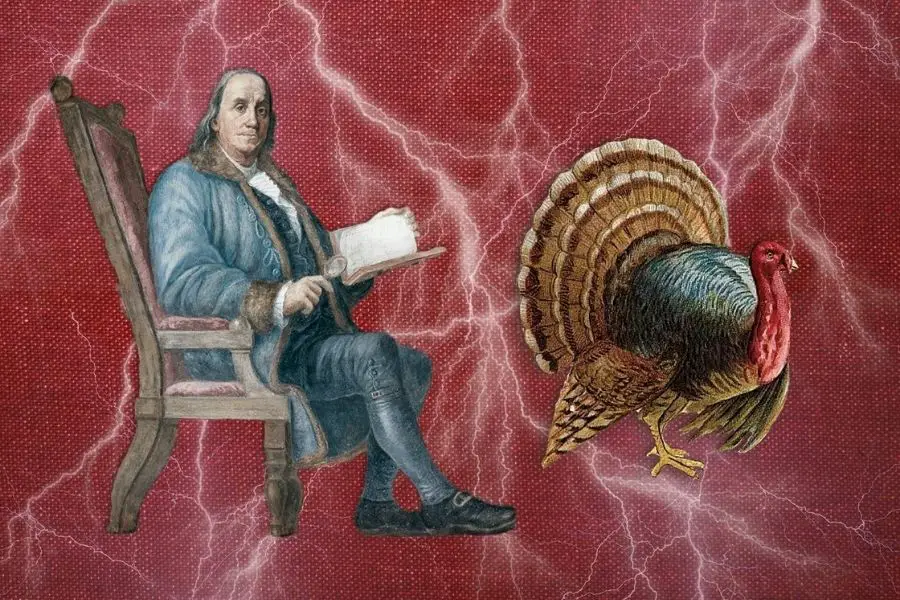
Benjamin Franklin is widely known for having a keen interest in electricity. He spent most of his time electrocuting animals in his backyard while working on several electrical phenomena. Franklin then began hosting parties in which ‘electrocuted turkey’ was served. This party witnessed a very dangerous blunder. During his preparation of turkey, there was a sudden flash of light, and Franklin fell to the ground in an unconscious state.
Read also – Top 15 ASMR triggers to your rescue!
8. Linus Pauling’s Triple Helix
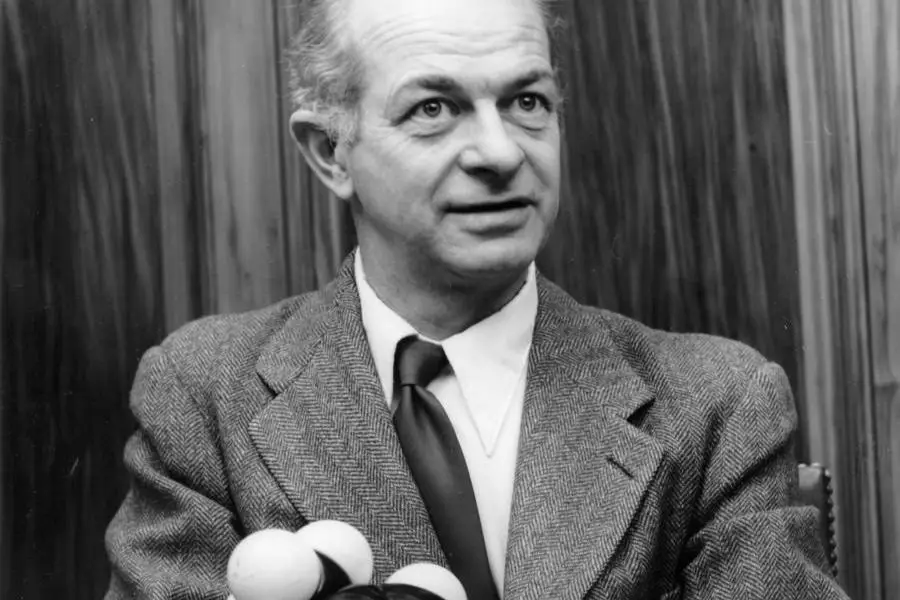
Linus Pauling is a famous two-time Nobel Prize winner. He was even regarded as the founder of molecular biology. In the early 1950s, he was working on a project concerned mainly with the structure of DNA. It was also at this time James Watson and Francis Crick were working on the model of DNA strand and named it as “double helix model.” They also won the Nobel prize for this. When Pauling witnessed their work, he noticed that they were correct and his model was wrong as his model included a triple helix.
9. Hubble’s Botched Calculation
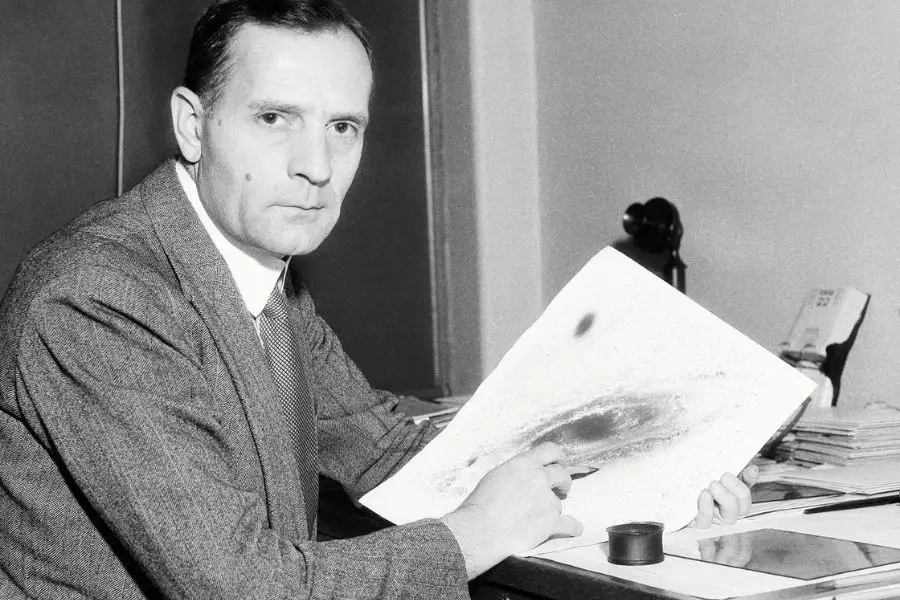
Edwin Hubble is one of the most prominent astronomers of all time. Edwin believed that the universe was approximately 2 billion years old. This statement was proven false within no time. By the 1930s, it was known that the earth was between 3 and 5 billion years old.
10. Fred Hoyle’s Steady State Theory
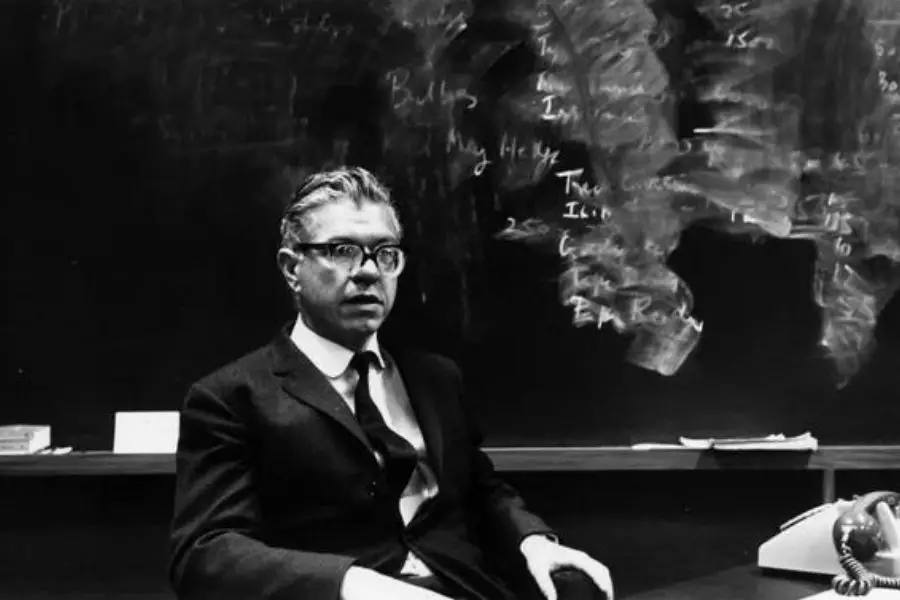
Fred Hoyle proposed the “steady state” model of the universe by the 20th century. This theory states that the universe is in the same state as it has always been and always will be. The scientists on the other hand believed that the universe is expanding. Another theory stated that the universe started as a single event. Fred could not accept this idea, and he stayed loyal to his Steady State theory.
11. Kelvin’s Earth Age Estimate
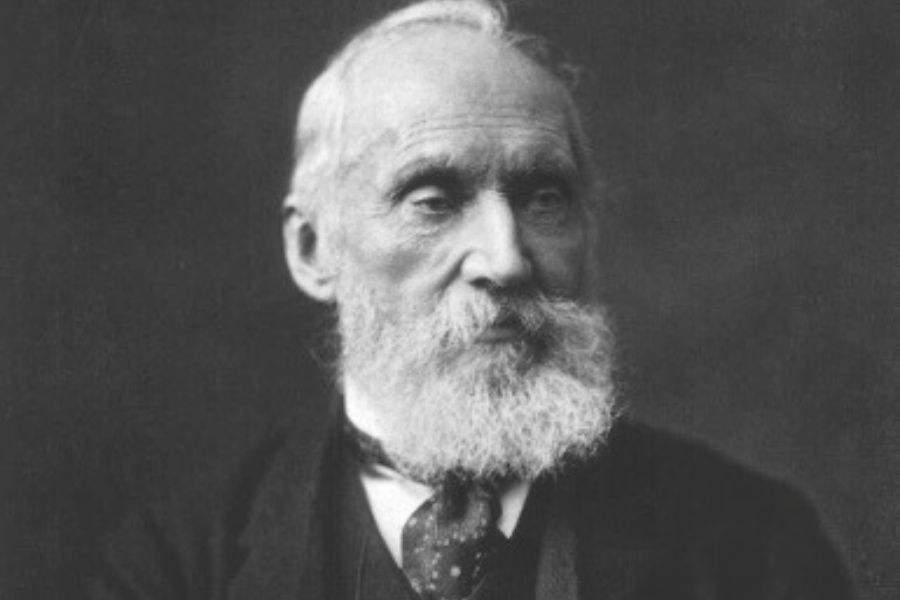
Sir William Thomson, Lord Kelvin, was the first person to use physics to calculate the ages of the earth and the sun in the 19th century.
Lord Kelvin suggested that the earth began as a hot, molten ball that has slowly cooled over time. He wanted to attempt the calculations centering on how long it would have taken for the earth to get to its current temperature. His calculation missed out ‘radioactivity.’ Uranium and Thorium are two radioactive elements present on the earth that add to the heating of our planet.
12. Bell’s Telephone
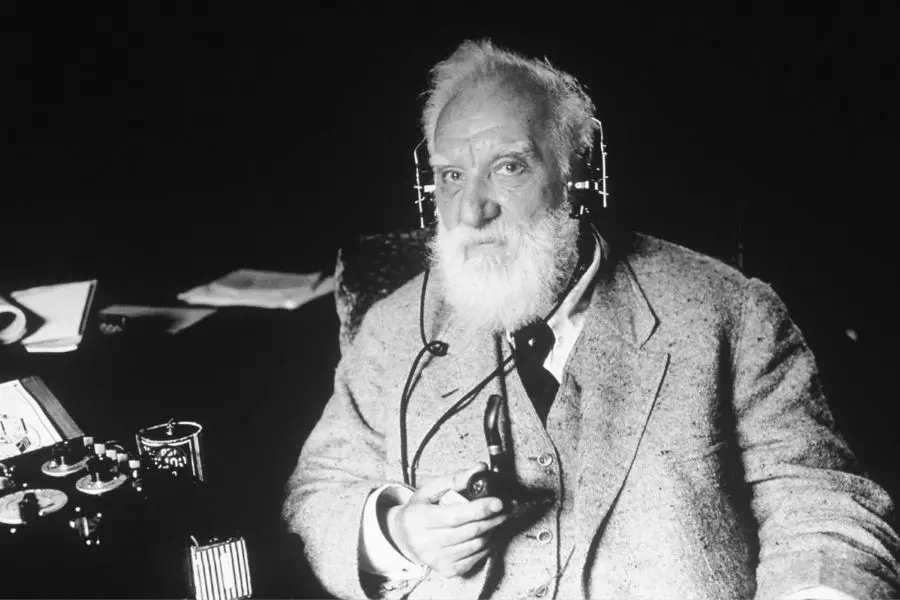
In the 1870s, engineers were working to find a process to send multiple messages over one telegraph wire. Alexander Graham Bell was intrigued by this. He read a book by Hermann Von Helmholtz and came up with an idea. His idea was to send sounds simultaneously over a wire. Bell, along with Watson, found a device that was very efficient in transmitting sounds. Later on, they came up with the invention of telephone.
13. Aristotle’s Claim
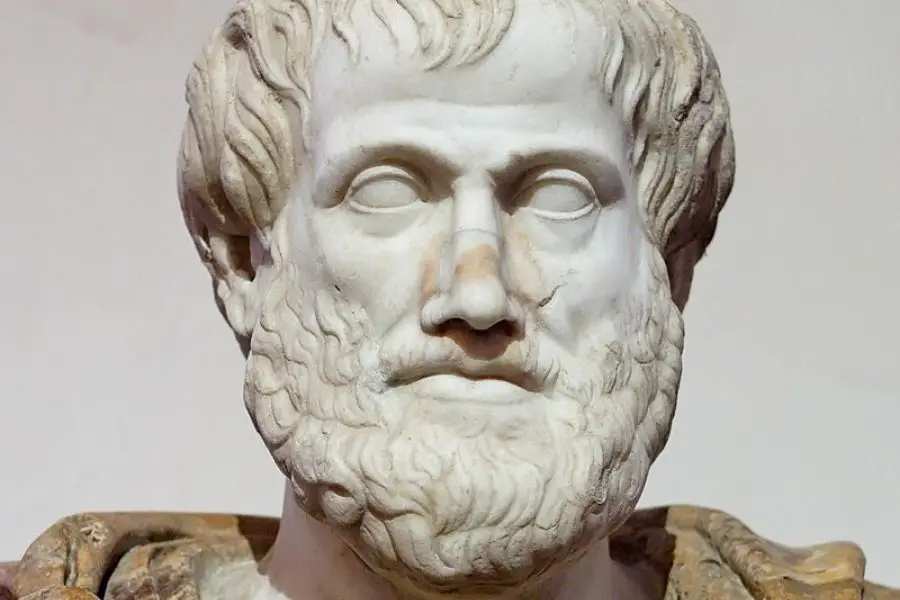
Aristotle is one of the most famous philosophers of all time. He mentioned that the heavier objects fall faster than the lighter ones, ignoring the actual truth that the two objects fall at quite the same rate. The only difference that exists is that a heavier object has a much larger gravitational force than a lighter object, and this results in faster acceleration.
14. Hawking’s Black Hole Theory
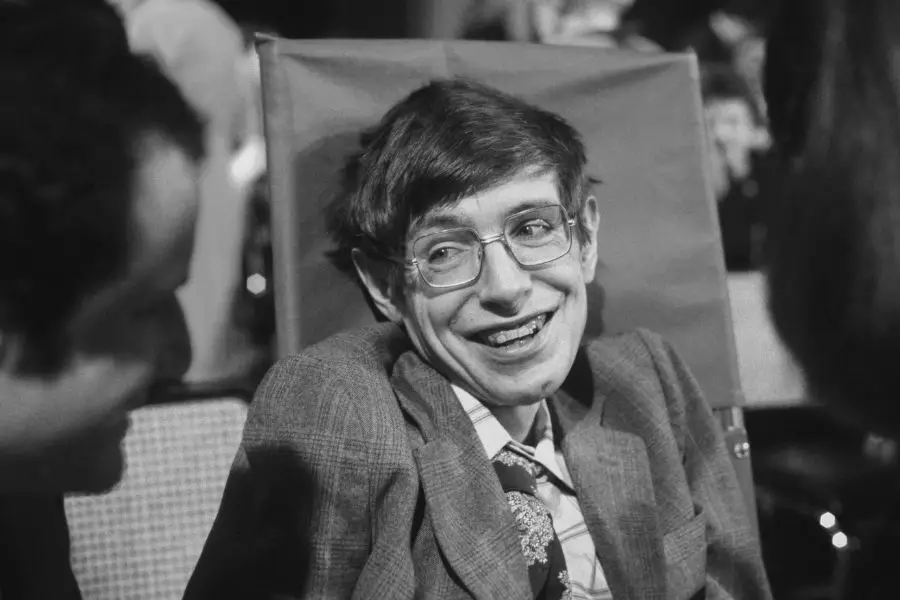
Hawking’s theory suggested that nothing can ever escape from a black hole. Hawking discovered the ‘Hawking radiation,’ which is emitted from the event horizon of a black hole. He would admit to the oversight, which further caused the blunder before 2004.
15. The Discovery of Vulcan
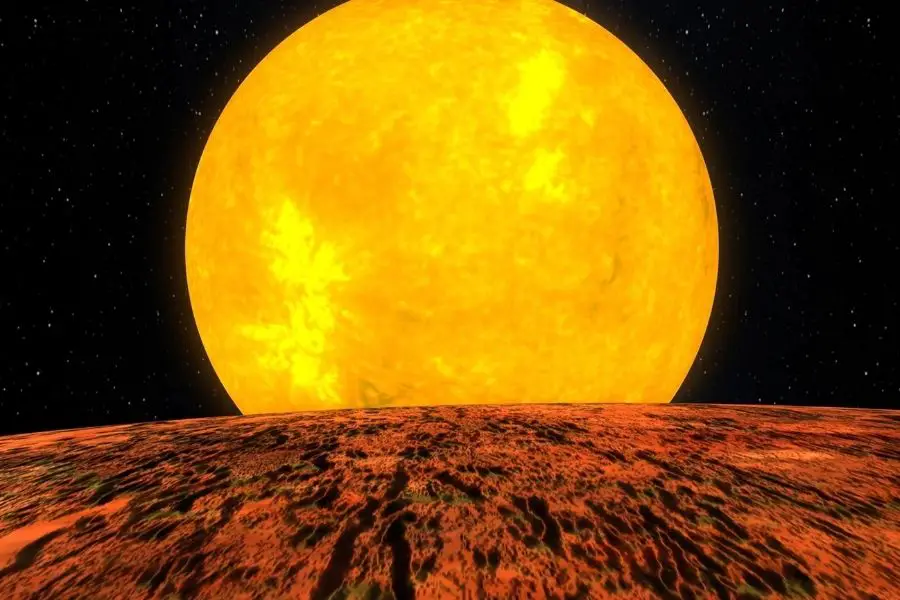
According to scientists, around the 19th century, a planet called Vulcan was believed to exist between Mercury and the Sun. Urbain Jean Joseph Le Verrier was a famous mathematician who proposed the existence of Vulcan, but in no time was its existence doubted by many notable astronomers. This search was thus abandoned in the year 1915.
Read also – Top 15 True-Crime Documentaries To Binge Watch